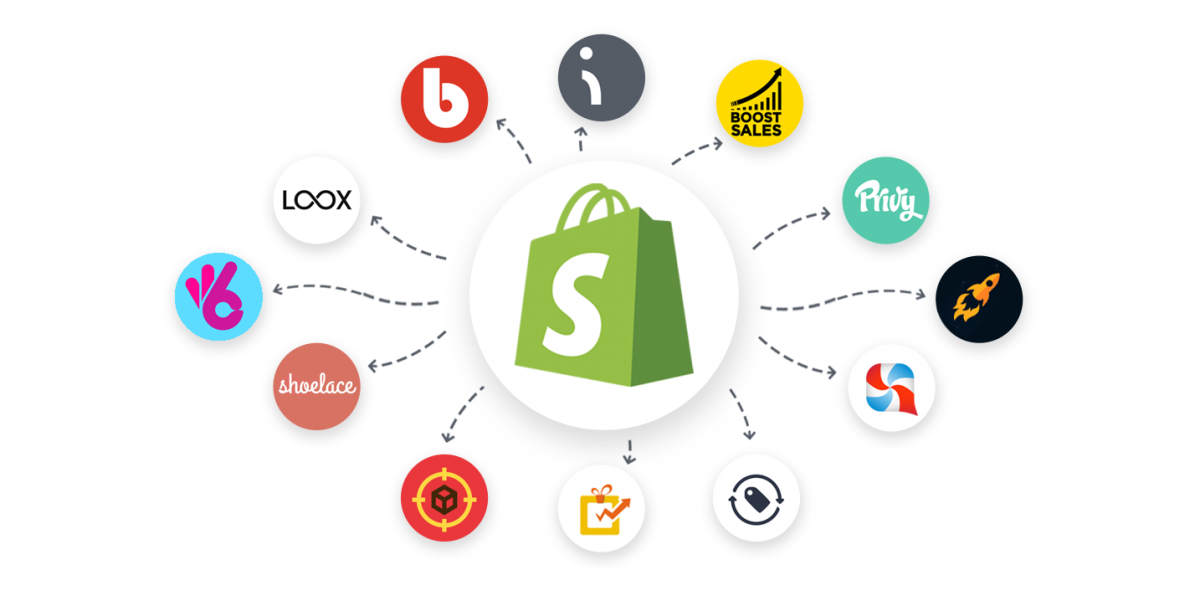
How to Implement Effective Employee Time and Attendance Policies
Have you ever pondered the significance of having a robust time and attendance policy at your workplace? Are you struggling with productivity issues or time fraud amongst your employees? Or are you grappling with determining the optimum way to apply relevant laws to your business operations? If so, it’s time for you to dive into the world of effective employee time and attendance policies.
At first glance, it may seem superfluous or bureaucratic, but the smorgasbord of benefits it offers far outweighs any initial reservations. Over the next few paragraphs, we shall demystify the subject and help you implement an effective time and attendance policy, ensuring a harmonious and productive work environment.
Why Are Time and Attendance Policies Essential?
In essence, a time and attendance policy acts as a skeleton for workforce management. It outlines the expectations and responsibilities of both the employer and employees when it comes to work hours, attendance, punctuality, scheduling, and time off. However, why should companies invest energy and time into formulating such policies?
The primary reason is to establish a culture of accountability and fairness. Employees who live by the rules, arrive punctually, and put in their hard work require a setting free from time theft or tardiness. This not only builds trust among peers but also boosts overall productivity.
What Should an Effective Time and Attendance Policy Include?
A stellar-policy does not merely define the obvious, but caters to the myriad aspects of time-keeping and attendance in different scenarios. Clearly, the policy should elucidate working hours, leave allowances, and procedures to request time off or to notify in case of lateness or sickness.
But it’s not enough to stop there. Define clear consequences for noncompliance, addressing repeat offenses and ensuring the rules apply equitably to all. Additionally, consider catering to flexible work arrangements or remote work specifics, if applicable.
Implementing Time and Attendance Policies
Remember the three golden words while implementing the policy: communicate, train, and enforce. First, ensure every employee, from interns to top management, comprehends the policy. Clear, transparent communication is key here.
Secondly, provide training to familiarize all with the time-tracking or attendance system in place. Pre-empt any issues that may surface by addressing them in advance. Lastly, enforce the policy consistently to maintain its credibility and effectiveness.
The Pros and Cons of Strict Policies
No doubt, stringent policies can weed out productivity issues, time theft, and favoritism, enhancing overall efficiency. However, it’s crucial to balance the rigorousness with empathy. Over strictness can lead to employee discontent and high turnover, particularly if the policy overlooks genuine emergencies or fails to cultivate understanding and leniency.
Leverage Technology for Time and Attendance Management
Technological advancements offer various tools to track time and manage attendance. These eliminate manual errors, ensure compliance with laws, provide effortless management of overtime & leaves, and finally, furnishes data insights for better decisions.
When Laws Step In
Laws regulating employee time and hours vary, and it’s essential to keep abreast of them to avoid penalties or lawsuits. Factors such as overtime calculation, meals or rest breaks, and compliance to minimum wage laws are crucial to consider while shaping your policies. Employing legal expertise might be beneficial here.
Final Thoughts on Effective Time and Attendance Policies
Shaping a robust, efficient, and fair employee time and attendance is truly the cornerstone of establishing a harmonious, productive workplace. It promotes transparency, accountability, and efficiency while minimizing conflicts, tardiness and other drains on productivity. Capitalize on the plethora of benefits it offers by incrementally implementing it in your organization’s culture. Remember, a little investment in policy creation and communication today will yield generous dividends of productivity, trust, and compliance in the future. Let’s foster a culture of responsibility, respect, and timekeeping. After all, time is, without a doubt, our most precious resource!









